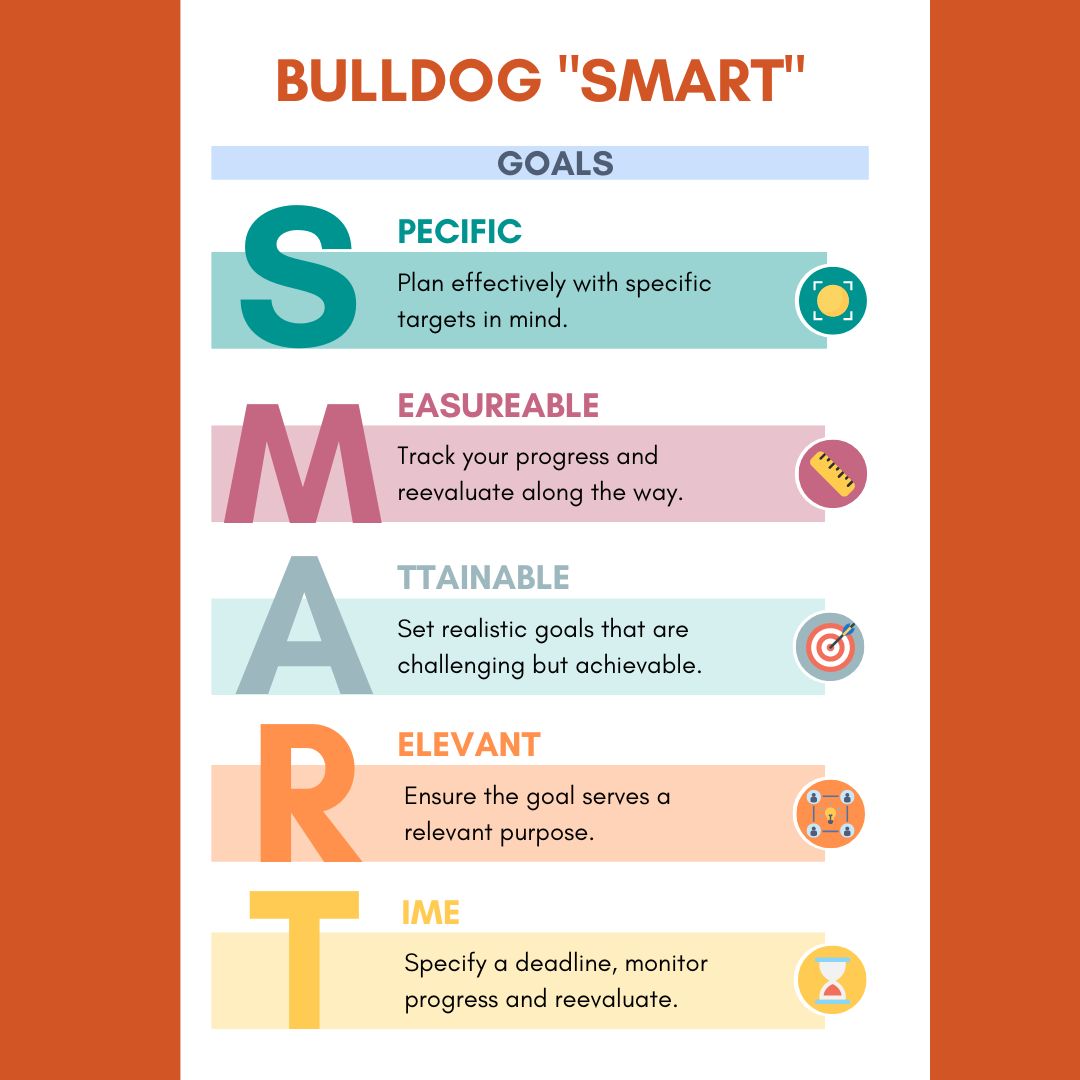Setting fitness goals is a crucial step towards achieving the results you desire on your fitness journey. Whether you’re aiming to lose weight, gain muscle, or enhance your overall well-being, having a clear plan in place can significantly improve your chances of success. In this article, we’ll explore the concept of S.M.A.R.T. goals and how they can help you set both short-term and long-term fitness goals effectively.
Understanding S.M.A.R.T. Goals
S.M.A.R.T. is an acronym that stands for Specific, Measurable, Achievable, Relevant, and Time-Bound. Applying these principles to your fitness goals can provide a structured framework that keeps you focused, motivated, and accountable.
Specific: Clearly define what you want to achieve. Instead of saying “I want to get in shape,” specify “I want to lose 10 pounds of body fat and increase my muscle mass.”
Measurable: Set goals that you can track. For instance, if your goal is to improve endurance, track the time it takes you to complete a mile or the number of reps you can do in a specific exercise.
Achievable: While aiming high is important, your goals should still be realistic. Avoid setting goals that are too far beyond your current abilities, as this might lead to frustration and burnout.
Relevant: Ensure that your goals align with your overall fitness journey. For example, if your main focus is weight loss, setting a goal to run a marathon might not be directly relevant.
Time-Bound: Set a deadline for achieving your goal. This adds a sense of urgency and prevents procrastination. Instead of saying “I want to do more push-ups,” set a goal like “I want to be able to do 20 push-ups in 4 weeks.”
Differentiating Short-Term and Long-Term Goals
Short-term and long-term goals serve different purposes in your fitness journey. Short-term goals are those you can achieve within a relatively short time frame, often on a weekly or monthly basis. These goals keep you engaged, motivated, and provide a sense of accomplishment. Examples of short-term goals include completing a certain number of workouts in a week, reaching a specific weight by the end of the month, or improving your running pace.
On the other hand, long-term goals are broader objectives that require more time and effort to achieve. These goals give you direction and a sense of purpose throughout your journey. Examples of long-term goals include losing a significant amount of weight over the course of a year, building muscle mass, or running a half-marathon.
Putting It All Together
Let’s consider an example to illustrate how to set both short-term and long-term fitness goals using the S.M.A.R.T. framework:
Long-Term Goal: Complete a triathlon within a year.
Specific: Complete a sprint-distance triathlon involving a 750m swim, 20km bike ride, and 5km run.
Measurable: Track progress by improving swim, bike, and run times over the year.
Achievable: Gradually increase training intensity and volume to build endurance and skills.
Relevant: Aligns with the desire to challenge oneself and achieve a new level of fitness.
Time-Bound: Complete the triathlon in exactly one year.
Short-Term Goal (Weekly): Improve running pace for the 5km portion of the triathlon.
Specific: Increase running pace by 10 seconds per kilometer.
Measurable: Track the time it takes to complete the 5km run each week.
Achievable: Incorporate interval training and tempo runs to gradually improve pace.
Relevant: Contributes to the overall goal of completing the triathlon.
Time-Bound: Achieve the pace improvement within the next 8 weeks.
By setting both short-term and long-term goals, you create a roadmap that guides your fitness efforts and keeps you motivated along the way. Remember that flexibility is key; as you progress, you can adjust your goals based on your achievements and changing circumstances. Regularly review your goals, celebrate your successes, and make any necessary adjustments to stay on track toward a healthier and fitter you.

